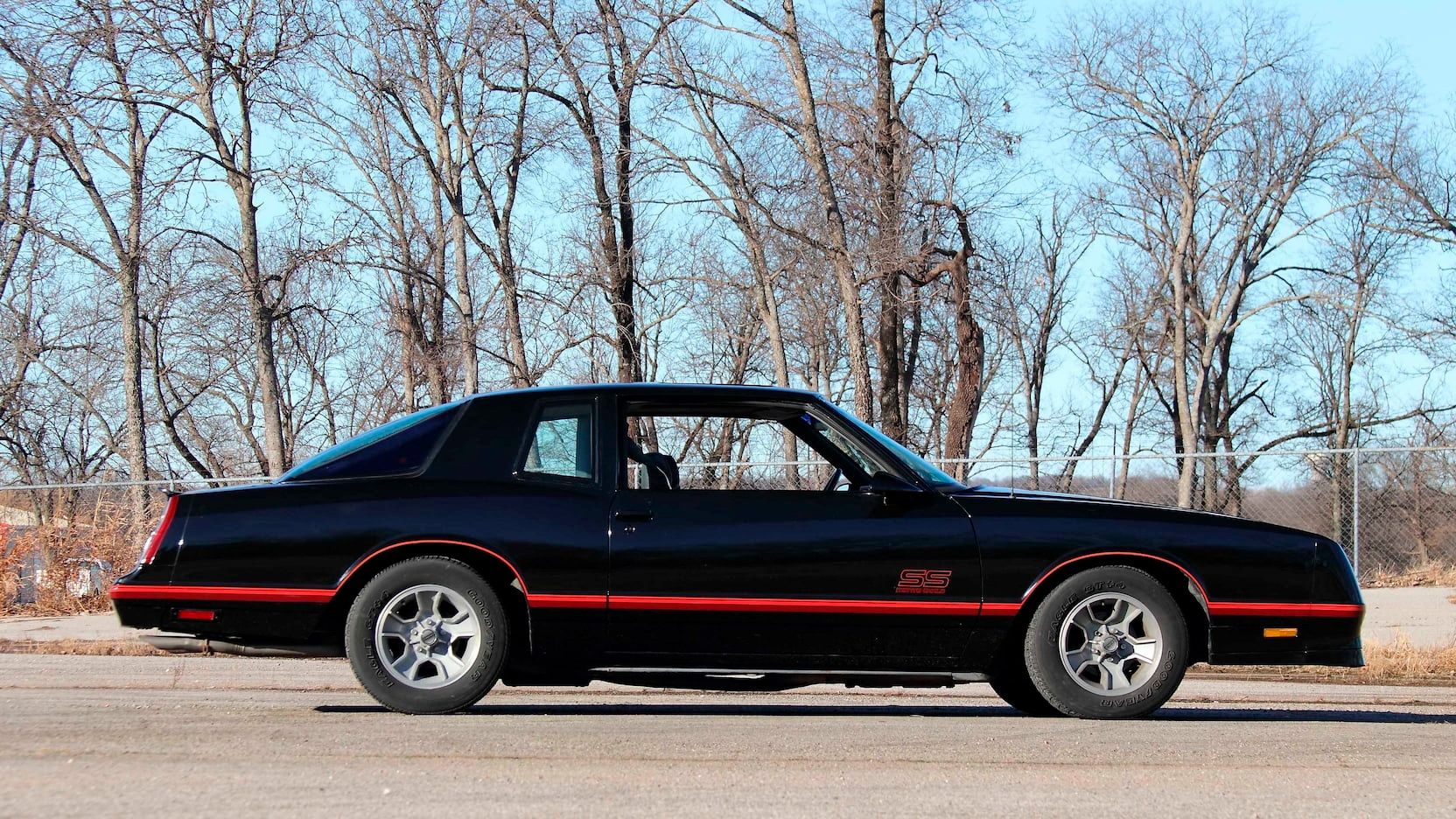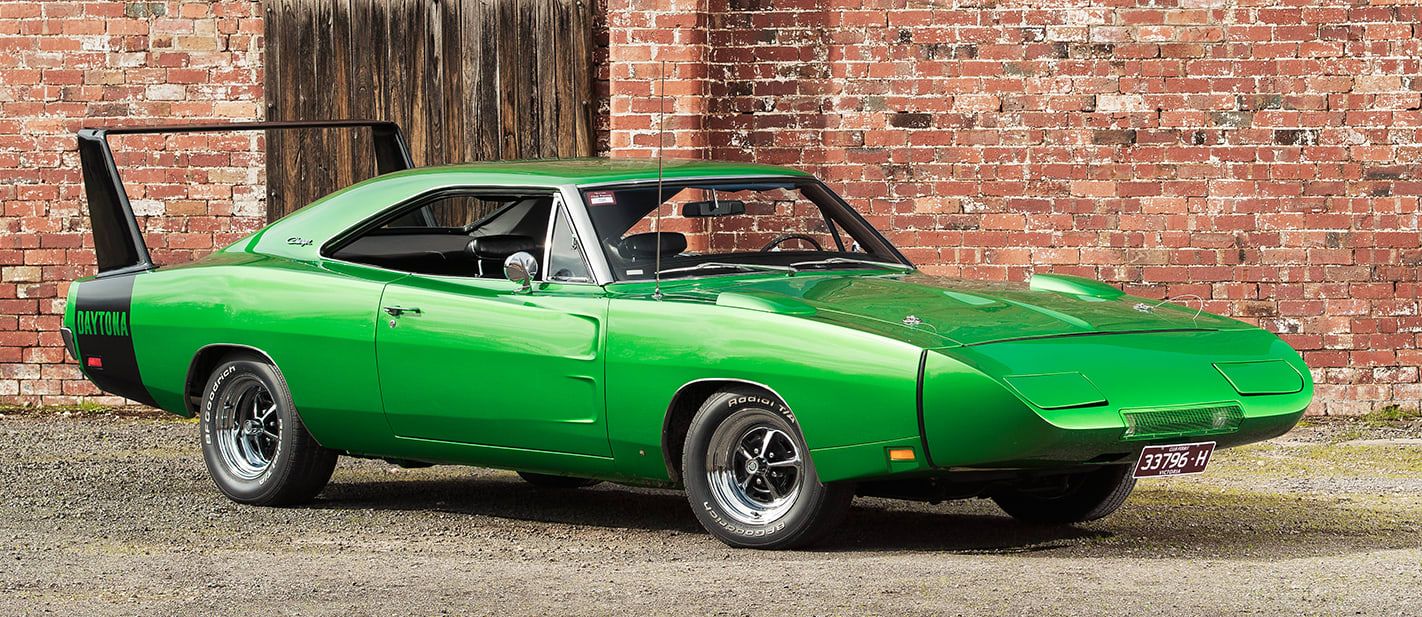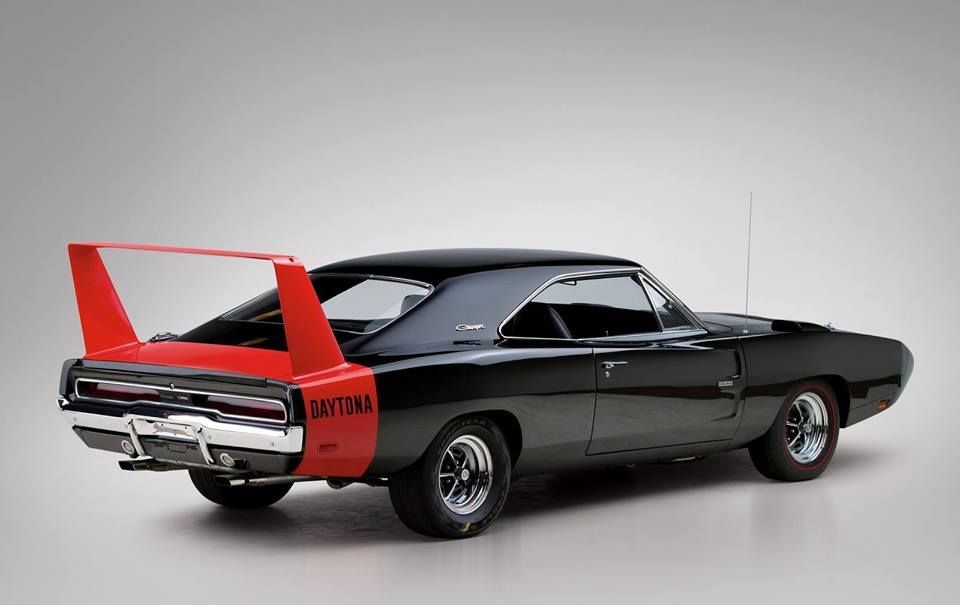Typically, a series’ sanctioning body often sets the rules and terms of participation in motor racing. Some of these rules, depending on the racing class’ sanctioning body, sometimes require a race car to be produced in a limited road-legal version that can be sold to the public. These are production-based racing series, and the rule that mandated the production is known as homologation. Hence, the resultant cars produced for the eager public due to this rule are called homologation specials.
Often produced in limited numbers, as dictated by the sanctioning body, homologation specials, though primarily a race car, are fitted with just enough sales aids (such as an audio system and luxury trim features) to meet government requirements for sales to the public. As such, for gearheads, homologation specials are some of the most admired and coveted car models ever, and these amazing examples were produced by American automotive companies.
9 1968 Ford Torino
Named after the Italian city of Turin, the Ford Torino was produced for the North American market between 1968 and 1976. The Torino featured high-performance versions with extremely potent mills like the 428 cu in and 429 cu in “Cobra-Jet” engines.
Notably, for its 1968 racing season, Ford adopted the Torino as the base for its NASCAR entrants. The special model features a fastback SportsRoof body style that gave it an aerodynamic advantage on the race tracks.
8 1975 Chevy Laguna Type S-3
Homologation specials do not get sleeker than the 1975 Chevy Laguna Type S-3, an aerodynamically advanced version of the 1973 top-of-the-line Laguna that was introduced with a new chassis. In 1974, it was renamed the “Laguna Type S-3.”
The following year, the Chevy Laguna Type 5-3 was then further upgraded aerodynamically with a slanted, urethane-covered aero-style nose designed for NASCAR, giving the racing version a huge aero advantage over other GM body styles at NASCAR.
7 1970 Plymouth Superbird
Chrysler Corporation compounded all the amazing modifications and engineering changes derived from Daytona’s racing season and poured them into the extensively modified 1970 Plymouth Superbird. A great incentive to woo Richard Petty back to Plymouth, the Superbird features a sheet metal nosecone with headlight covers made of fiberglass.
While its spectacular high-mounted rear wing brought it a great deal of attention, however, it’s the rather hidden top-of-the-line 425-horsepower-producing Hemi engine that excites gearheads the most.
6 Ford GT40
Ferrari’s dominance in long-distance races back in the days was a major concern to the Blue Oval executives. The rival Italian company crushingly won the 24 Hours of Le Mans for five consecutive years, from 1960 to 1965.
In a successful response, Ford unleashed the GT40, winning the races from 1966 to 1969. The production version of the original model features the Ford Mustang’s 4.7-liter engines. Notably, the “40” in the name is from its height of a mere 40 inches.
5 1966 Hemi Charger
To explore new frontiers in personal luxury and specialty car segments, Chrysler, in 1966, released a Coronet-based Charger in the middle of the 1966 model year. The car was aimed as a response to the Ford Mustang, Plymouth Barracuda, and majorly the Rambler Marlin. Later in the year, Dodge campaigned the Charger in NASCAR.
However, the body generated lift at high-speed, prompting Dodge to fit a small lip spoiler on the trunk lid. In effect, for homologation, the lip spoiler became a dealer-installed option on the amazing sports car.
4 1986 LeSabre Grand National
To qualify the new first-year 1986 LeSabre FWD Coupe body for NASCAR, Buick had to build about 117 road-going LeSabre Grand National model units for homologation. Buick built the LeSabre Grand National with a new body featuring modified rear quarter windows that have been sanctioned for the year’s Winston Cup racing.
The company believed that the new body will provide a streamline advantage over other cars due to its modified windows. All LaSabre Grand Nationals were finished in black, while the interior was adorned in gray.
3 1969 Ford Mustang Boss 429
In 1969, needing to homologate its iconic 429 semi-hemispherical engine for NASCAR racing, Ford launched the iconic Boss 429. The homologation rule as at then required not less than 500 cars be fitted with the mill and sold to the eager public. Mustang got the nod to house the mill after special consideration.
The engine was rated at 370 horses and 450 lb-ft of torque, and a total of 1359 units of original Mustang Boss 429s were made, and they highly sort after today.
2 1986 Chevrolet Monte Carlo SS Aerocoupe
A completely gorgeous car, the 1986 Chevrolet Monte Carlo SS Aerocoupe has the looks of a track king. Built precisely as a more aerodynamic performer to conquer at NASCAR, the Aerocoupe model was one of four Monte Carlo models offered in the 1986 model year.
It was created by modifying the SuperSport model’s body to include a deeply sloped rear window. Furthermore, the model features a shorter trunk lid that is fitted with a flatter spoiler than that of the preceding Super Sports. Only 200 units were built.
1 1969 Dodge Charger Daytona
One of the famous classic aero-cars, the 1969 Dodge Charger Daytona, was fabricated specifically to dominate NASCAR after the failure of the 1968 Dodge Charger 500. The car features unique body modifications that include a 23-inch-tall stabilizer wing located at the rear, fender-mounted cooling scoops, stainless steel A-pillar covers, and a special sheet-metal “nose cone,” among others.
Dodge Daytona won the inaugural Talladega 500, it's first-ever race. Also, driving a Dodge Charger Daytona, Buddy Baker, in 1970, became the first driver in NASCAR history to break the 200 mph speed record.

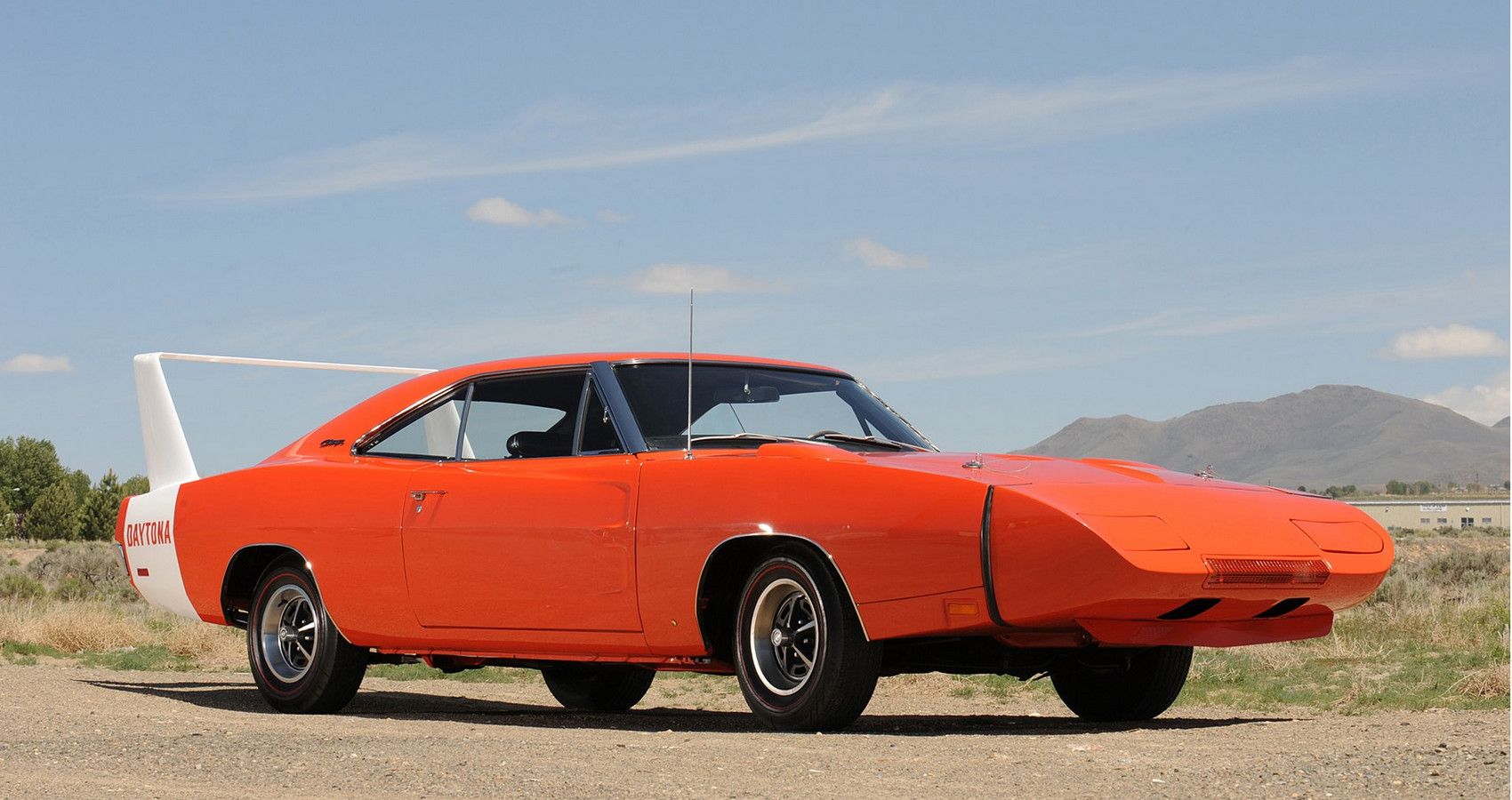
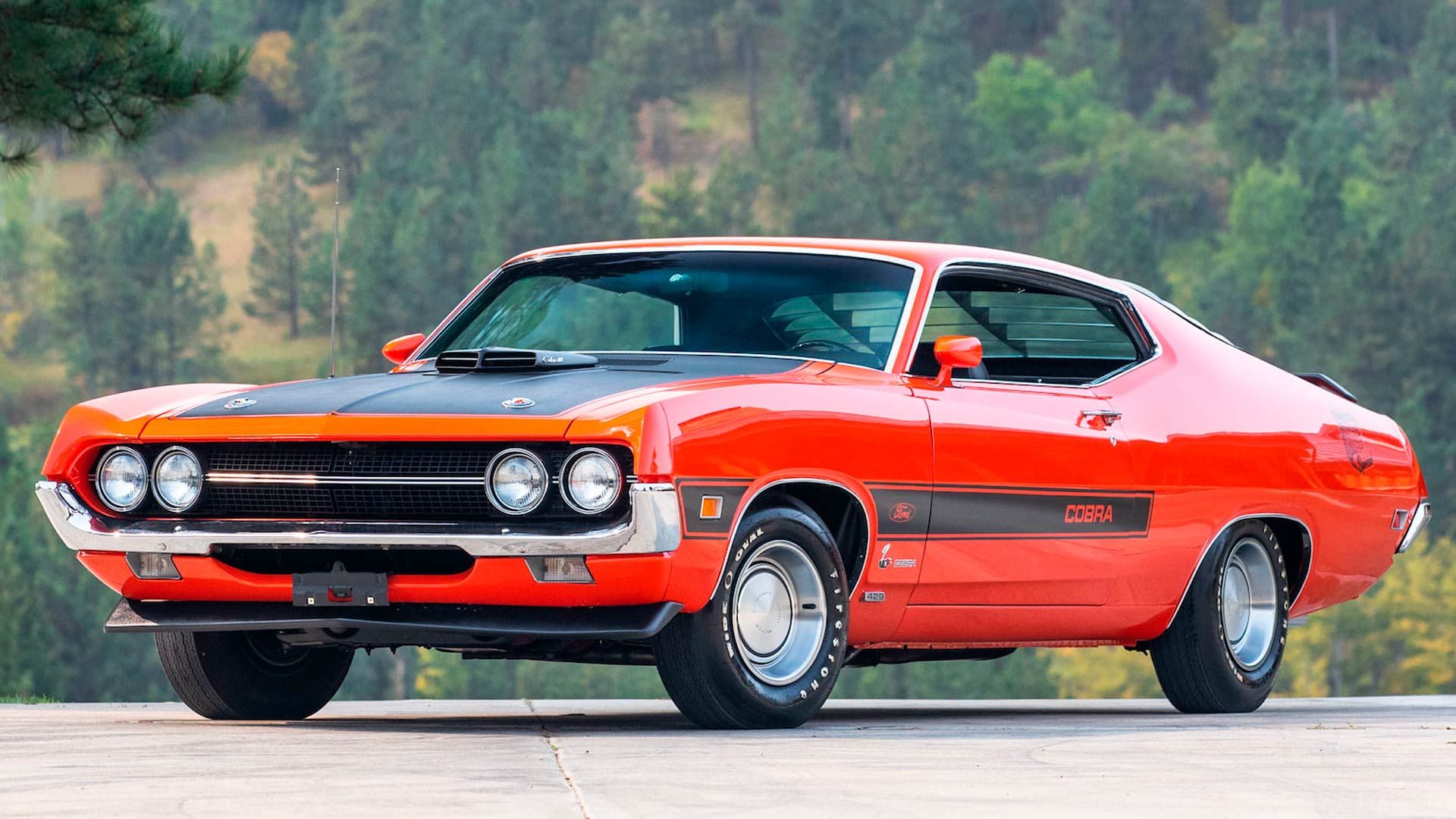
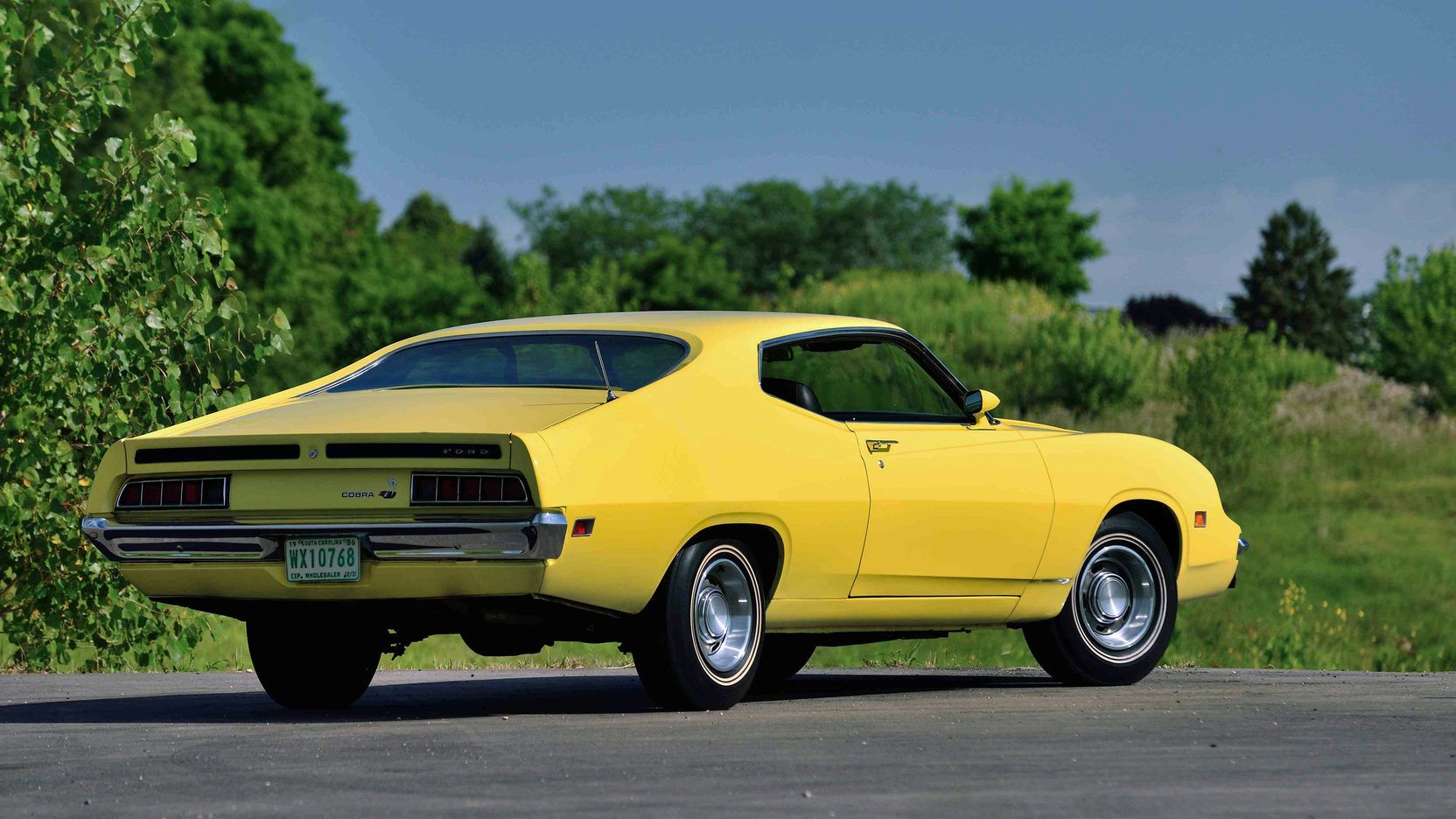
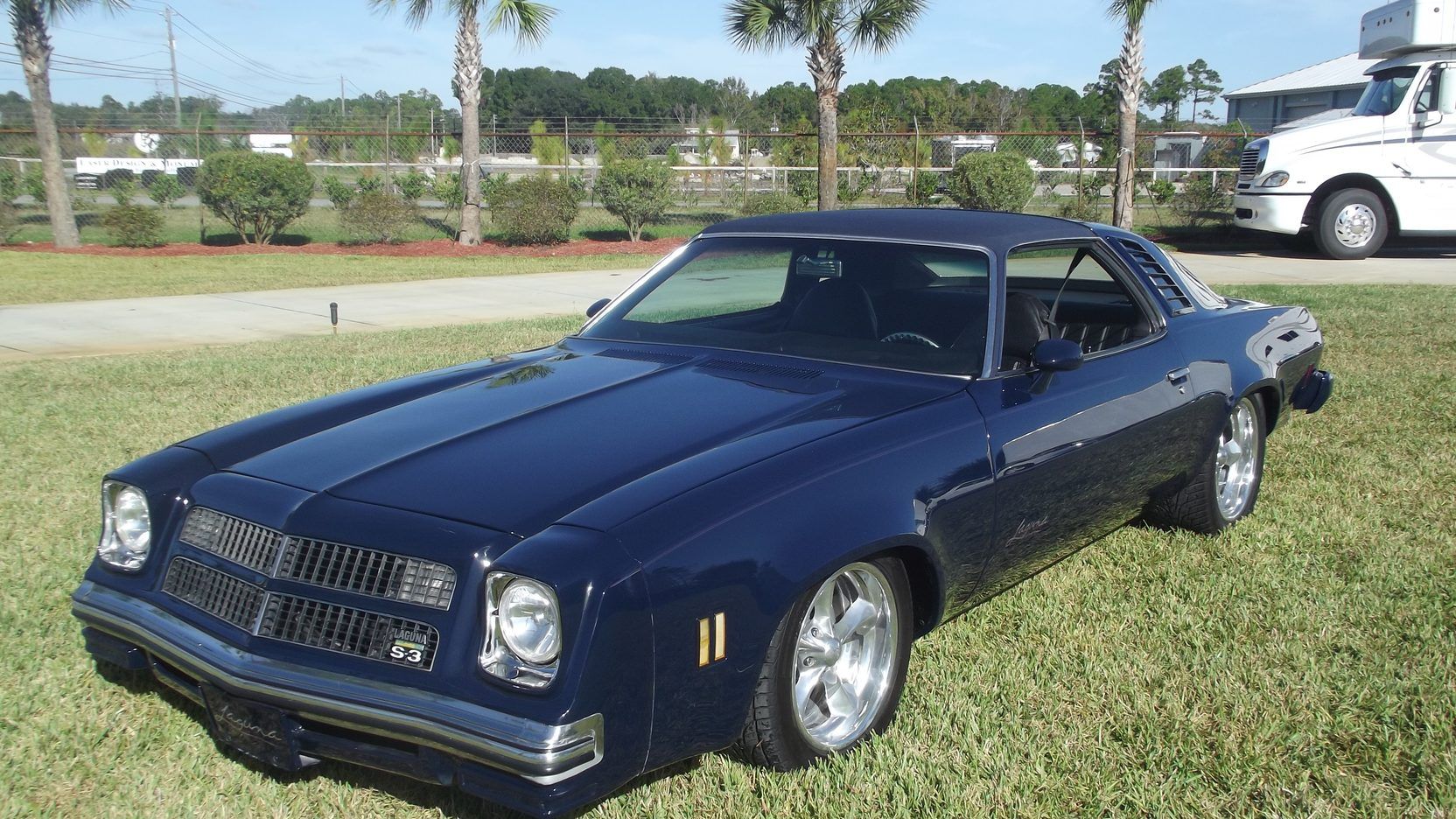
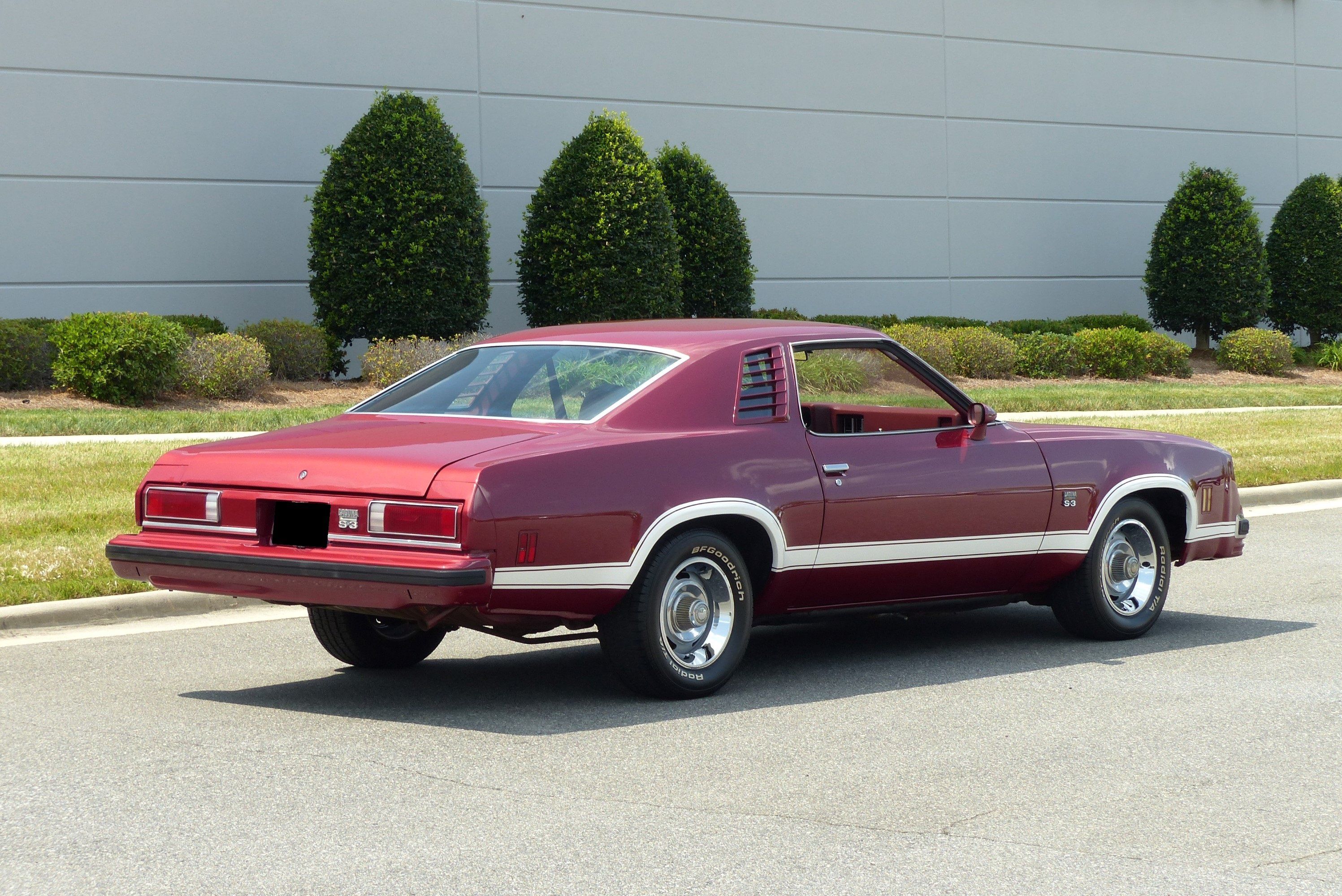
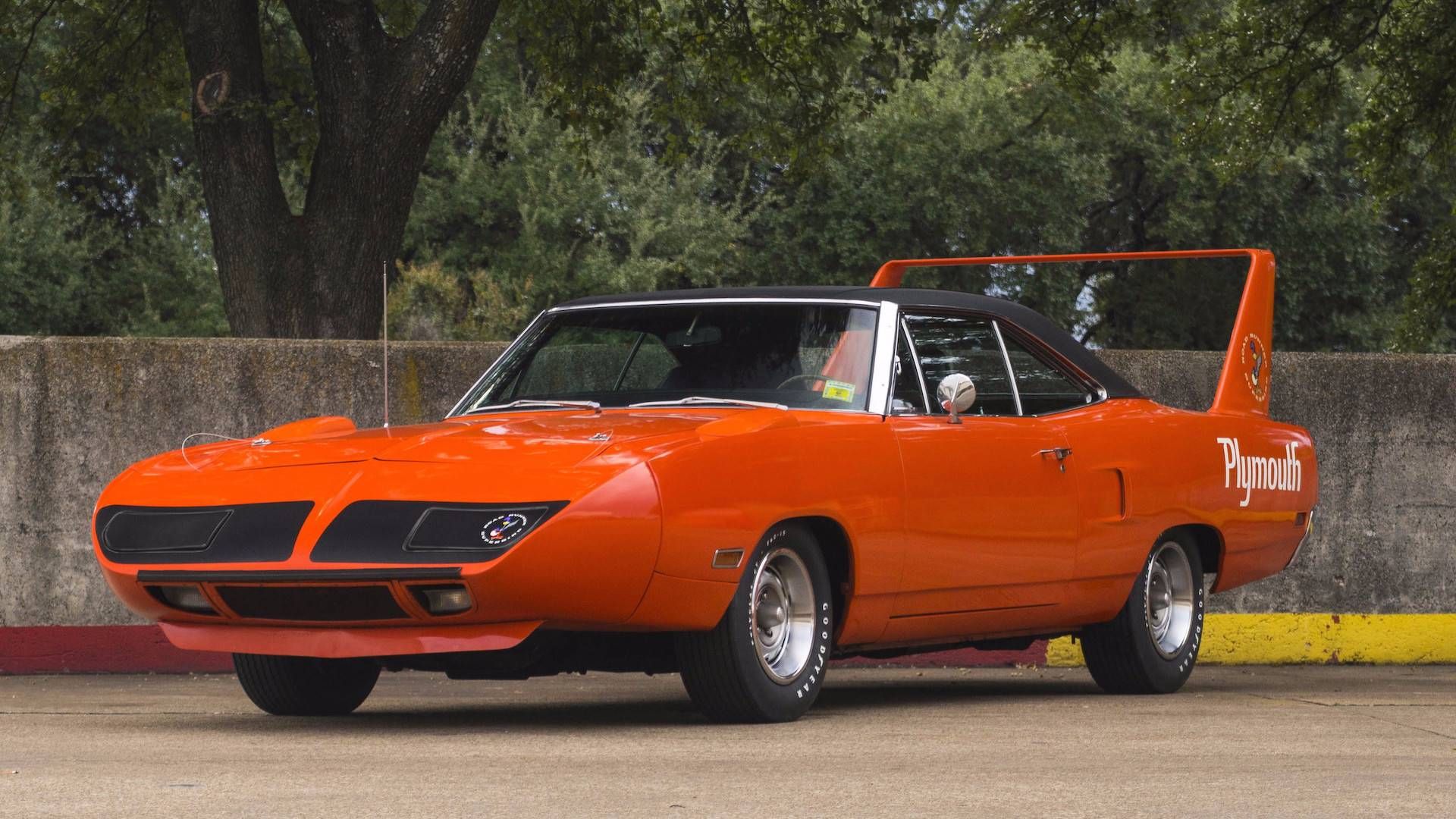
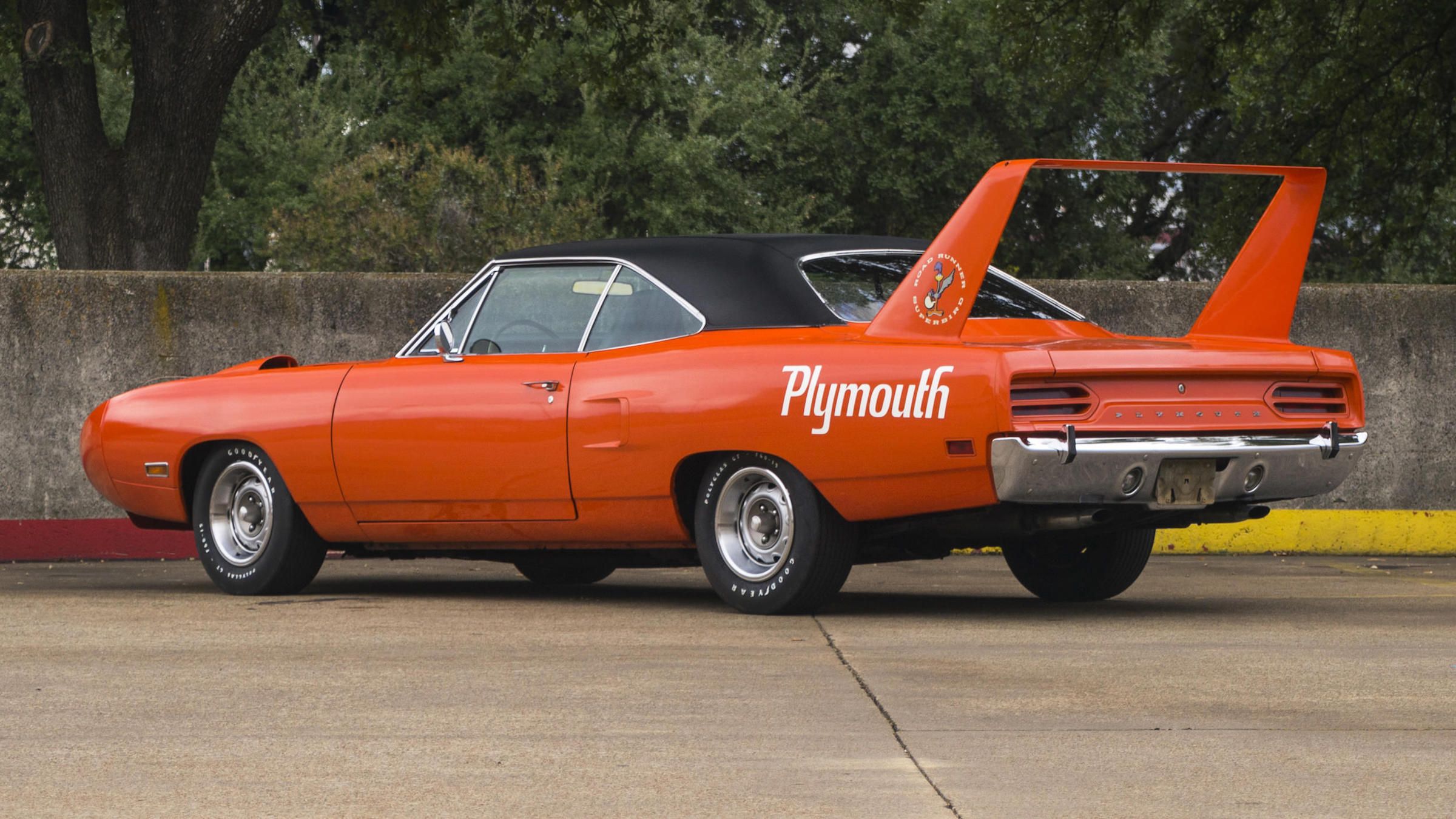
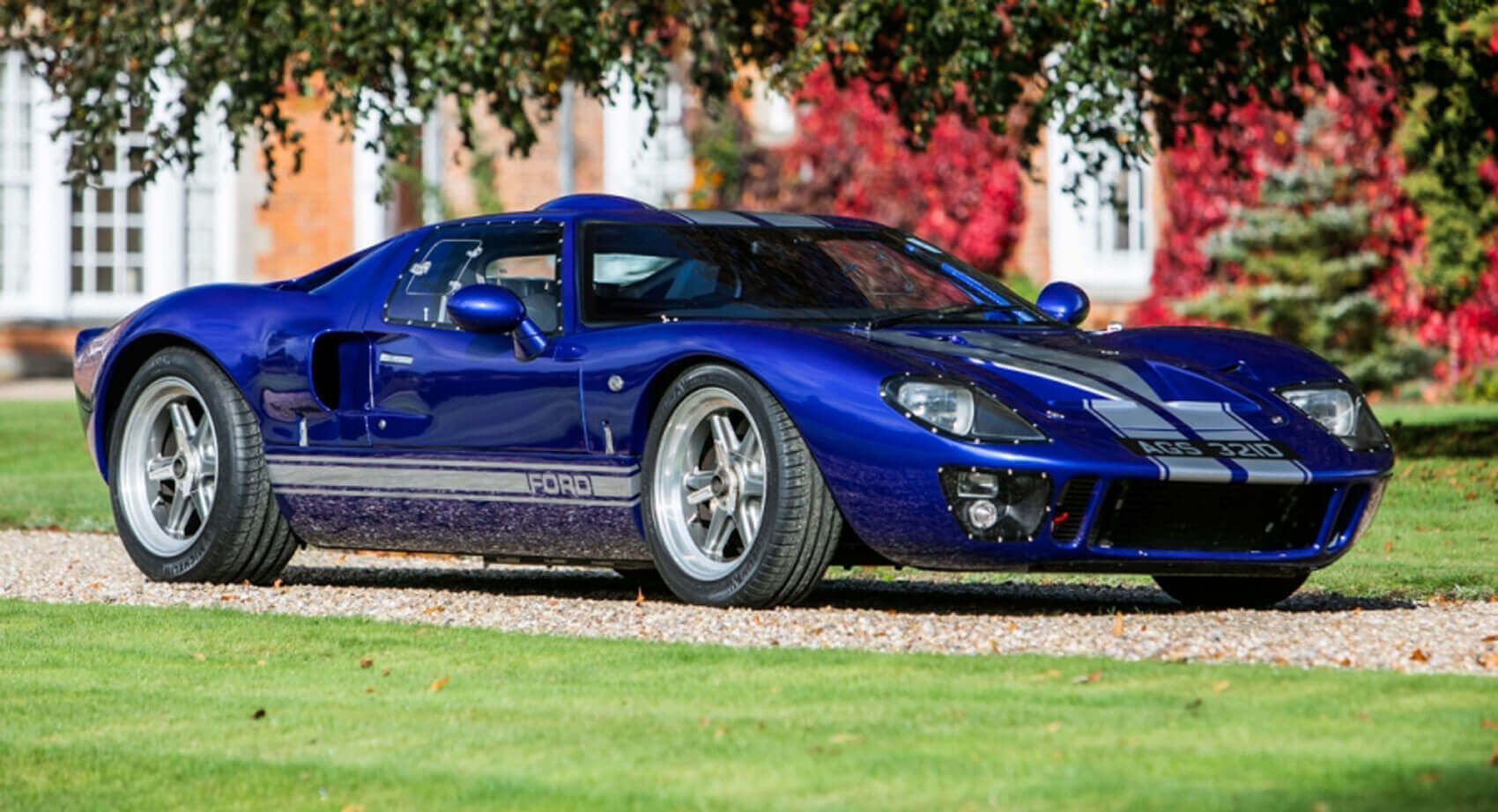
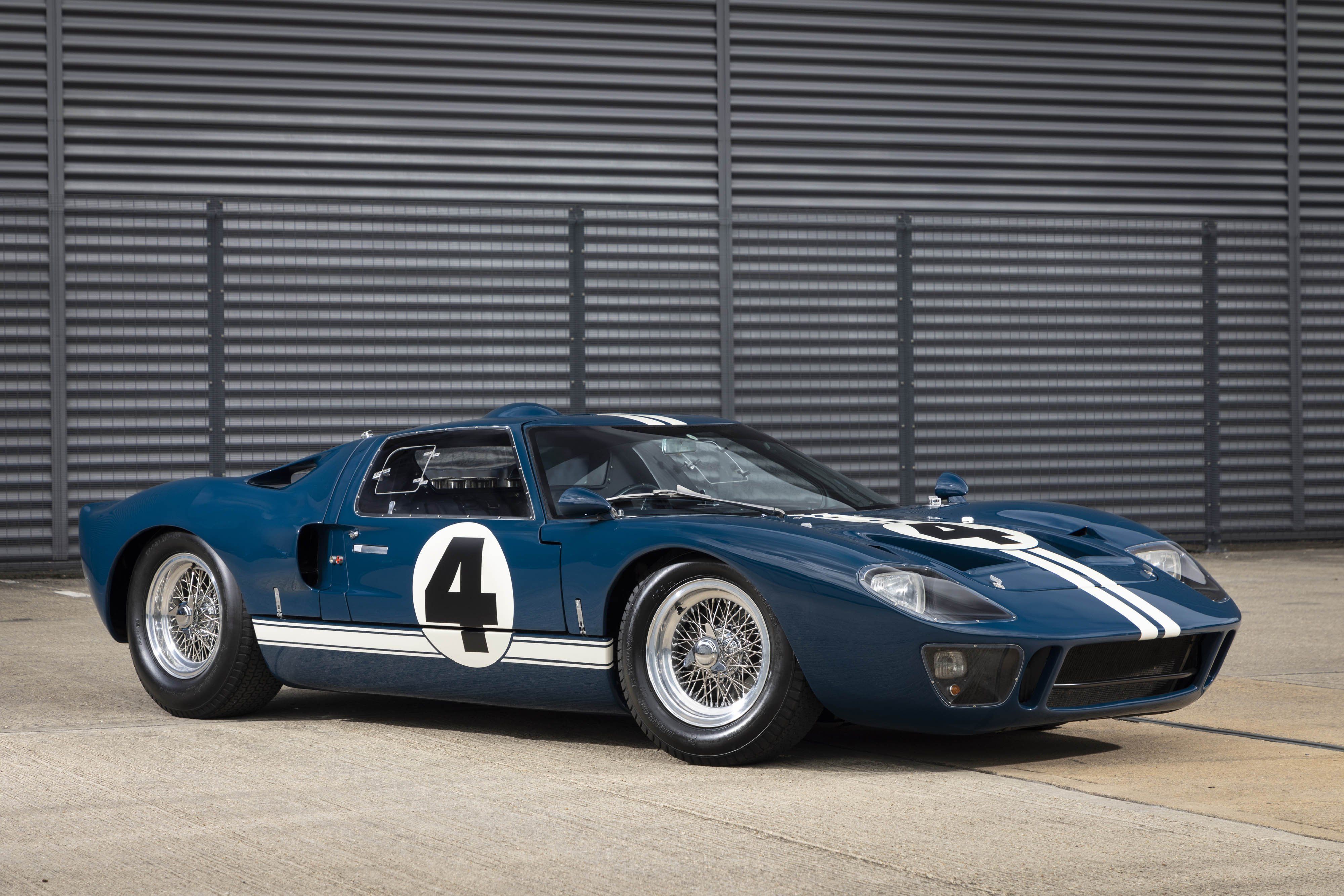
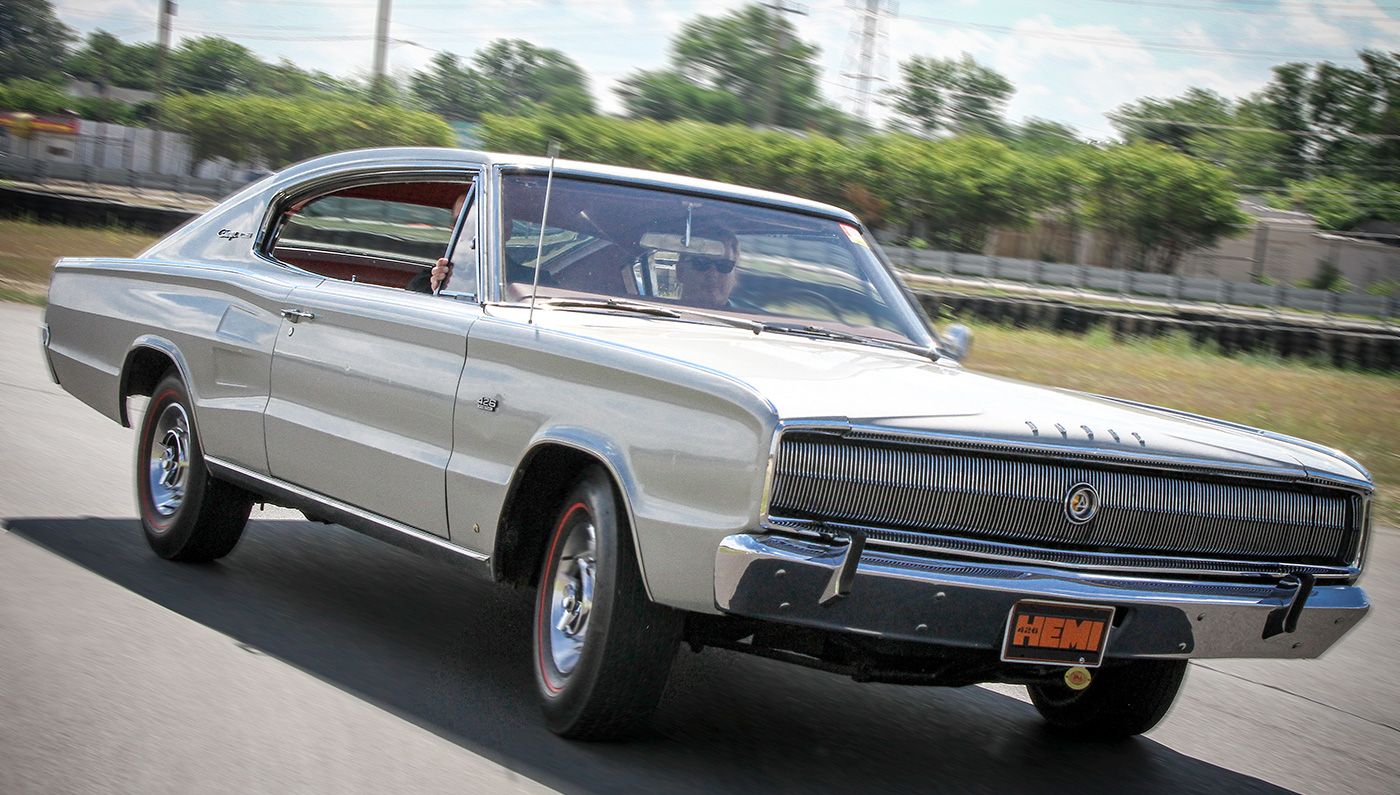
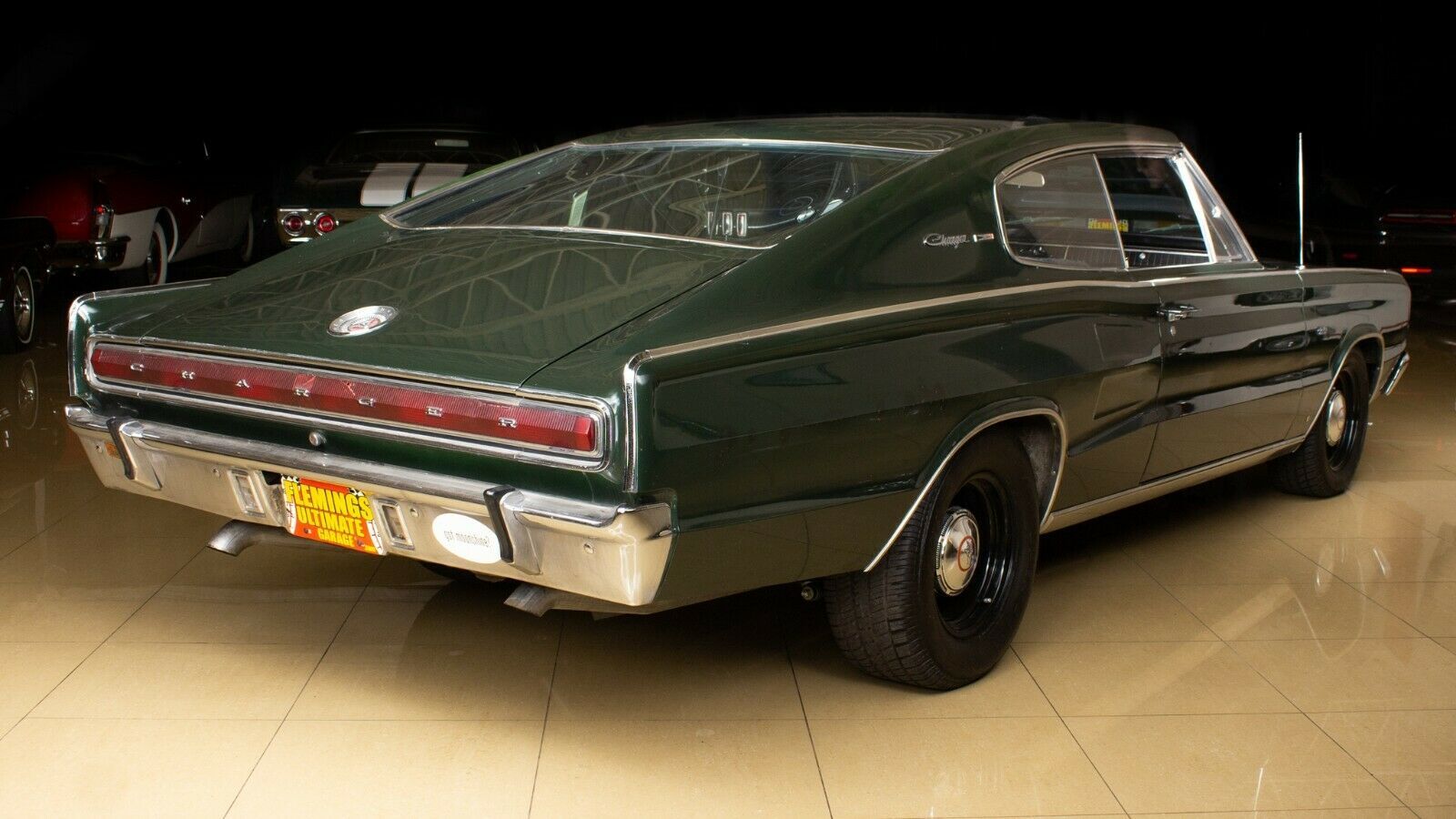
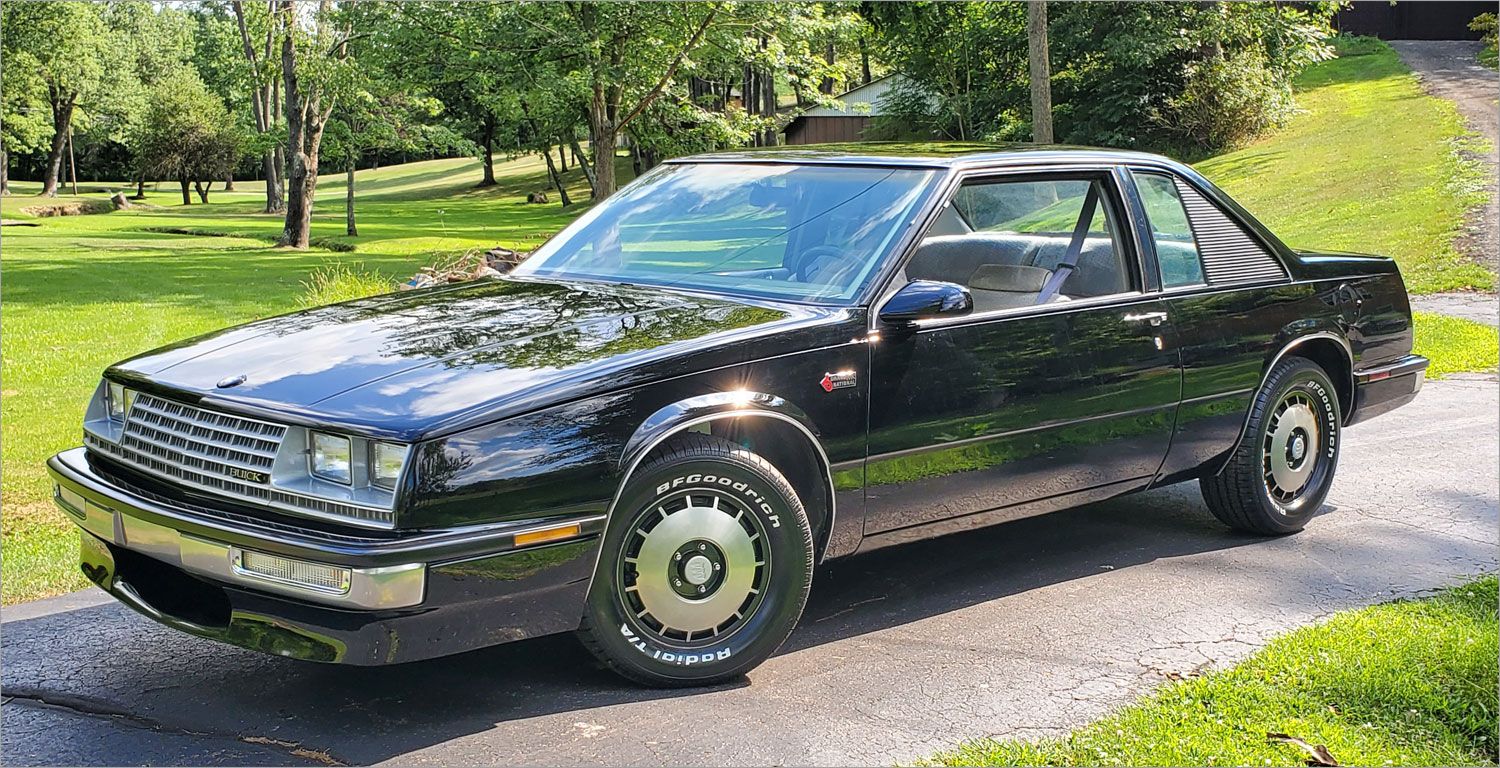
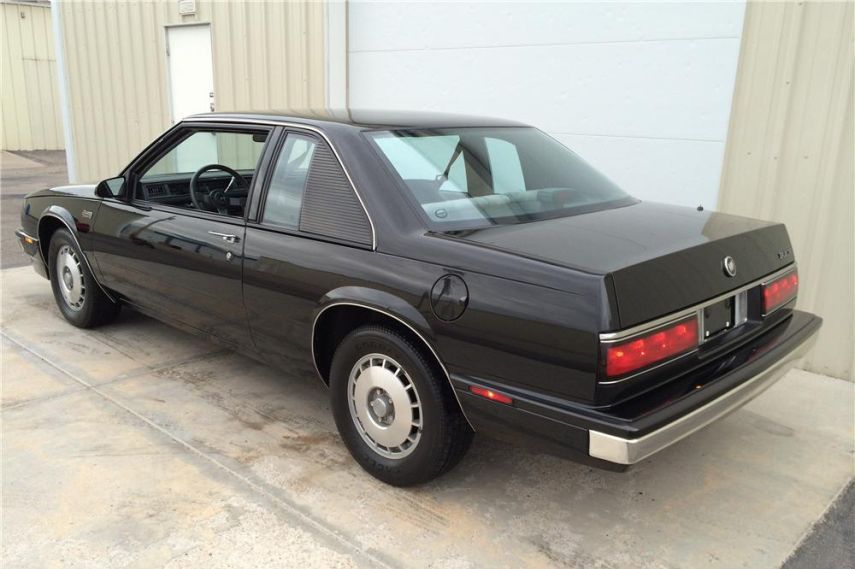
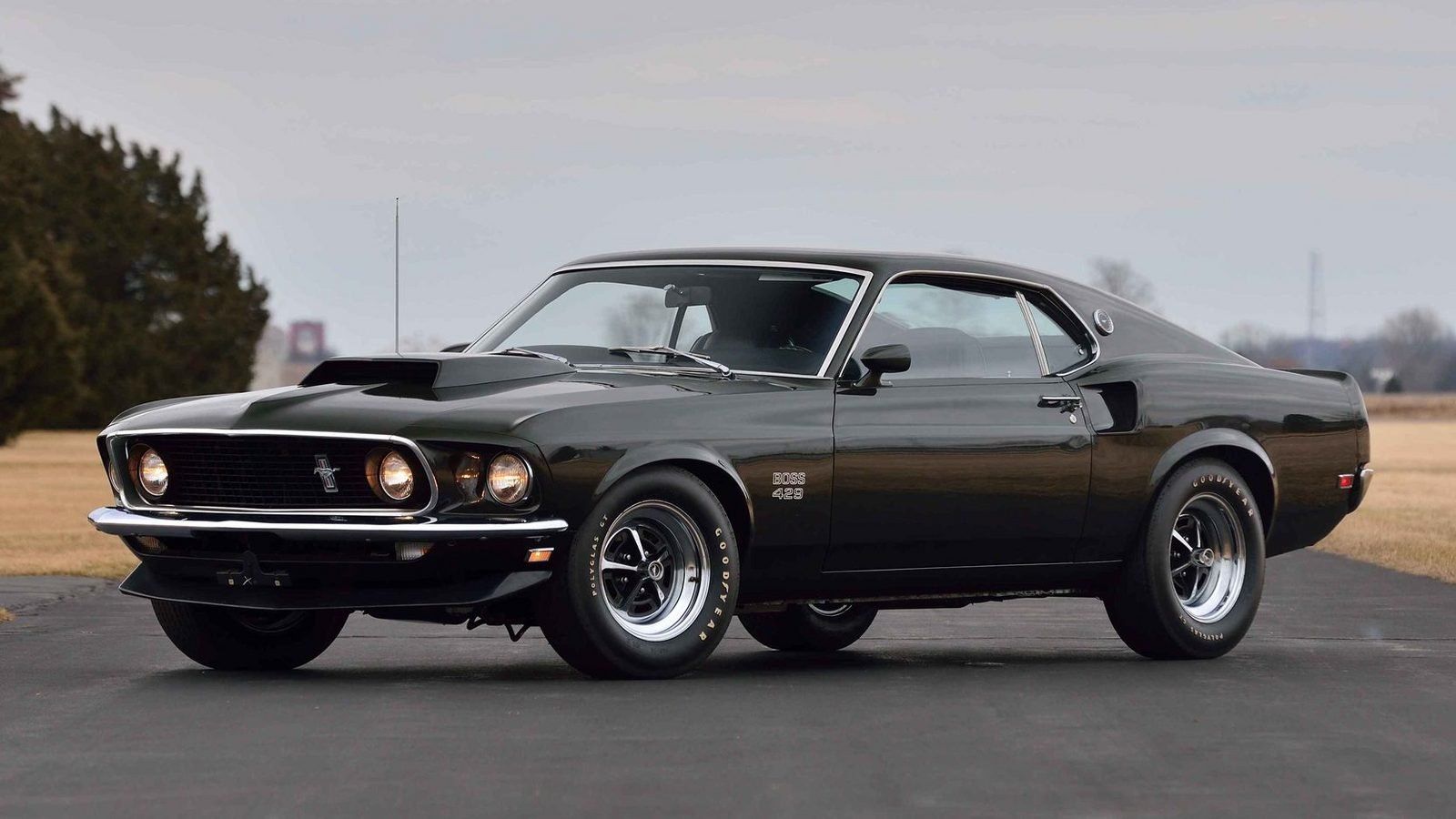
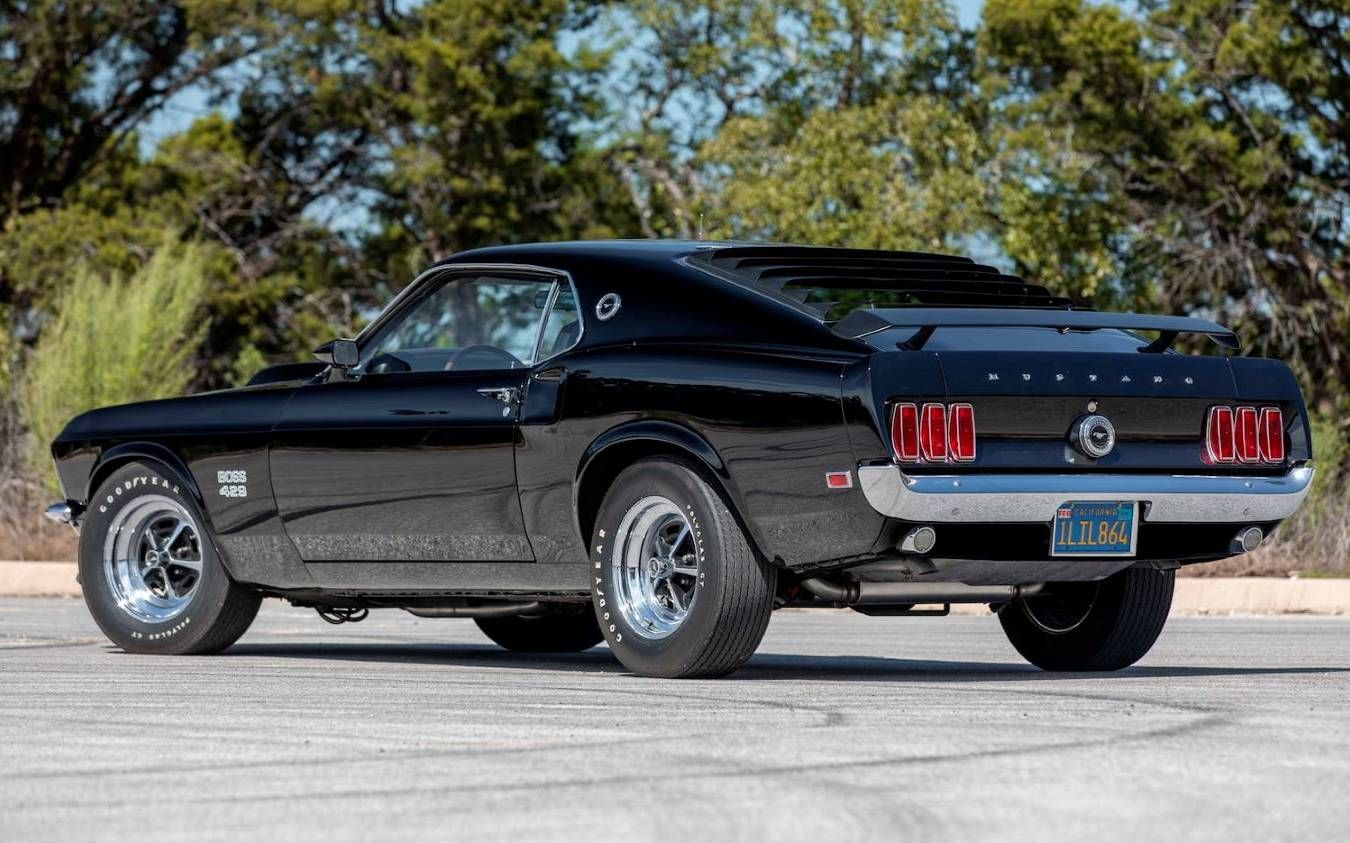
-Hargety.jpeg)
